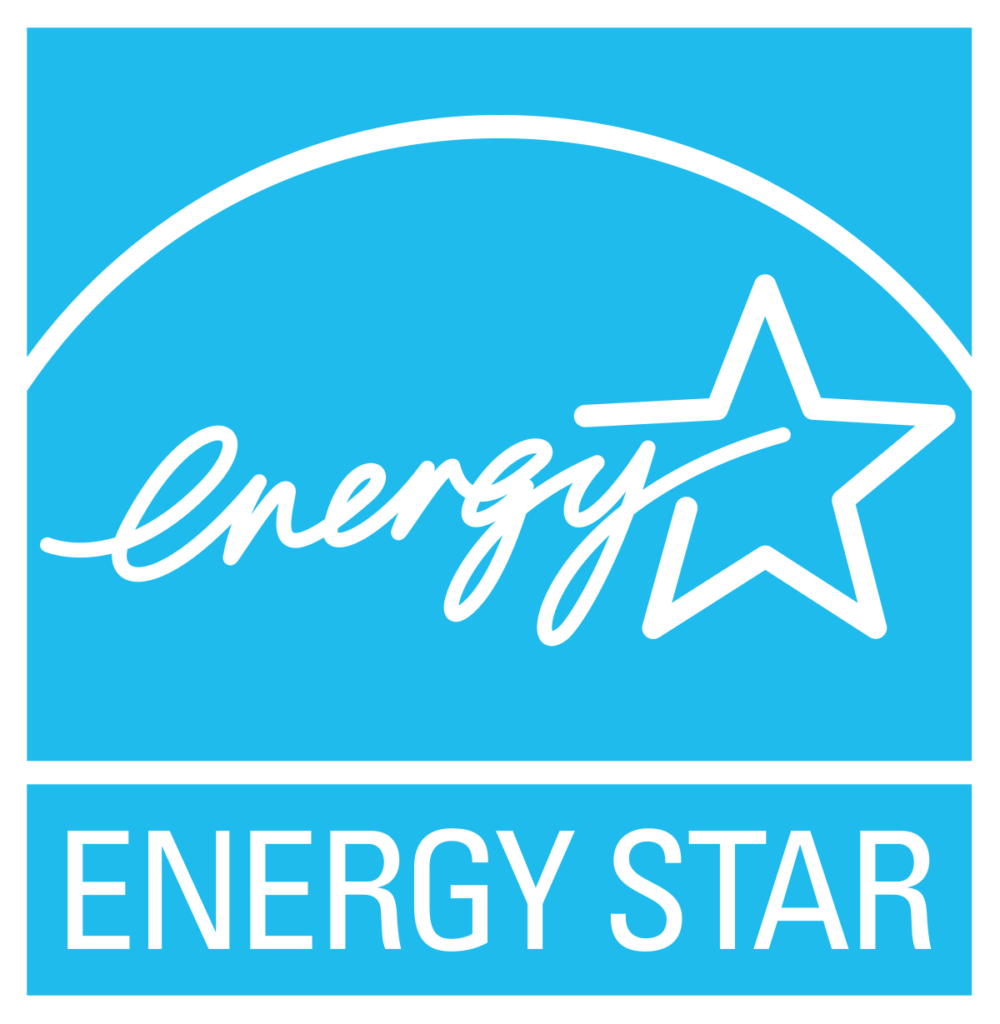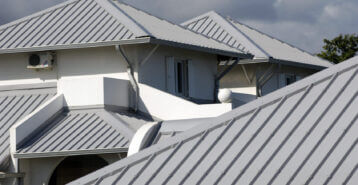Are you doing a kitchen remodel project?
Modernize can pair you with three to four pros in your area, so you can compare options and save time and money.
Energy-Efficient Kitchen Appliances and Fixtures
A well-loved kitchen is often the centerpiece of a home, but it can also account for a significant portion of your energy bills. In fact, refrigerators and freezers alone can consume up to 20% of a household’s electricity. By upgrading to energy-efficient appliances and fixtures, you can reduce energy use, cut utility costs, and make your kitchen more sustainable.
Modernize is here to guide you through creating an energy-efficient kitchen. Let’s explore how these upgrades can save you money and improve your home’s energy performance.
Why Do Energy-Efficient Kitchen Appliances and Fixtures Matter?
The kitchen is one of the most energy-intensive areas in the home. For example, dishwashers use an average of 1,200 to 1,500 watts per cycle, and ovens average 2,150 watts. Investing in energy-efficient appliances and fixtures during a remodel can significantly reduce energy and water use, leading to long-term savings on utility bills.
Upgrading to energy-efficient appliances can also increase your home’s value. Many experts note that replacing outdated appliances with high-efficiency ENERGY STAR models can offer a strong return on investment. These appliances may also qualify for tax credits and rebates, making them an even smarter choice for homeowners.
About ENERGY STAR Kitchen Appliances
ENERGY STAR is a government-backed program that certifies products meeting high energy efficiency standards. Appliances with the ENERGY STAR label are 10% to 50% more efficient than standard models and are designed to reduce greenhouse gas emissions while maintaining superior performance.
ENERGY STAR-certified dishwashers, refrigerators, and ovens save energy, minimize water use, and often feature quieter operation and advanced technology. These products help homeowners lower utility costs without sacrificing comfort or convenience.

Energy-Efficient Appliances and Fixtures
There are several areas of the kitchen where it is possible to reduce energy expenditure, and therefore slash energy and utility bills over time. We will focus on four main kitchen appliances and fixtures where you can reduce energy.
Lighting
Kitchen lights are some of the most frequently used in a home. Upgrading to LED lighting can cut energy use by 75% and last 25 times longer than incandescent bulbs. For even greater efficiency, replace outdated light fixtures with ENERGY STAR-certified options, which are designed to optimize light distribution and reduce energy consumption. Focus on high-use areas like overhead lights or under-cabinet fixtures to maximize savings.

Refrigerators
Modern refrigerators are far more energy-efficient than models made before 1993. Replacing an outdated fridge can save up to half the energy costs of running a standard refrigerator. ENERGY STAR-certified models are designed to exceed U.S. EPA efficiency standards and reduce long-term utility bills.
Find the Right Contractor for Your Kitchen Remodeling Project
Whether you’re ready to begin your project now or need some expert advice, our network of contractors are here to help. With a few simple questions, we’ll find the best local professionals for you
ENERGY STAR estimates that upgrading to an energy-efficient refrigerator can save homeowners nearly $220 over the course of 12 years. Buying a fridge with the blue ENERGY STAR label guarantees that it will exceed United States Environmental Protection Agency standards for efficiency.
Other elements to consider when it comes to buying a new refrigerator include:
- Ice Makers and Dispensers: While convenient, these features can increase energy use by up to 20%.
- Size: Larger refrigerators consume more energy. Choose a model that suits your household needs, ideally between 16 and 20 cubic feet.
- Standalone Freezers: Chest freezers are generally more energy-efficient than upright models.
Dishwashers
Older dishwashers waste energy and water, with some models using up to 10 gallons per cycle. In contrast, ENERGY STAR-certified dishwashers use as little as 4.25 gallons per cycle and cost an average of only $50 per year to run. They also come with advanced features like soil sensors and energy-efficient drying cycles.

Tips for Choosing an Energy-Efficient Dishwasher:
- Opt for a model with cycles that match your lifestyle, such as light wash or no-heat air-dry options.
- Standard-capacity dishwashers are more energy-efficient than compact models if used at full capacity.
Stoves
Induction cooktops and energy-efficient gas stoves are excellent options for reducing energy use. Induction cooktops heat cookware directly, minimizing heat loss and cooking times, while gas stoves with proper maintenance can be cost-effective.
Energy-Saving Tips for Stoves:
- Use the right-sized cookware to maximize energy efficiency, saving up to $36 annually.
- Keep burners clean for efficient operation. Yellow flames on a gas stove indicate poor combustion and energy loss.
- Choose models with glass doors and LED lighting to reduce energy waste.
Wrap-Up
Upgrading to energy-efficient kitchen appliances and fixtures is an investment that pays off in reduced utility bills, a more comfortable home, and a smaller environmental footprint. While the initial costs may be higher, the long-term savings and added value to your home make these upgrades worthwhile.
Modernize encourages homeowners to consider maintenance, operational costs, and efficiency goals when planning a kitchen remodel. For even more savings, explore ways to avoid hidden costs and other energy-saving tips. Transform your kitchen into an efficient, sustainable, and cost-effective centerpiece of your home!
Find the Right Contractor for Your Kitchen Remodeling Project
Whether you’re ready to begin your project now or need some expert advice, our network of contractors are here to help. With a few simple questions, we’ll find the best local professionals for you
Reviews from Real Homeowners
Welcome to Homeowner Resources! We are the Modernize blog. Modernize pairs more than 3 million homeowners a year with pre-vetted contractors in their area. This blog started because we believe homeowners should know everything about their homes, from how their HVAC works to which front door colors they might love. On Homeowner Resources, you can find information on every part of your home, right down to how you can negotiate with contractors to get the best price. Here's more about the blog.
Need a contractor? Learn more about how Modernize finds the right pro for you.






